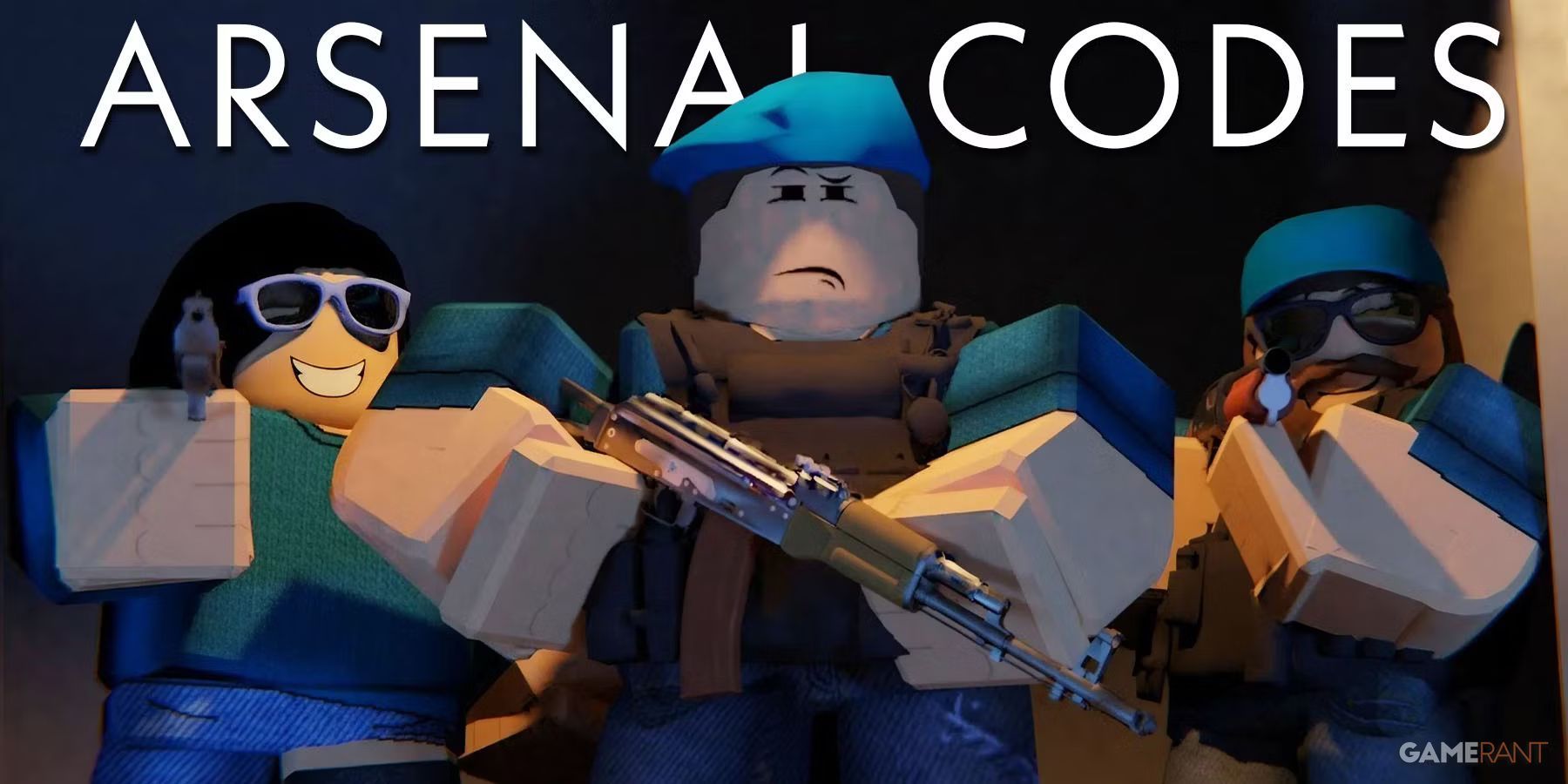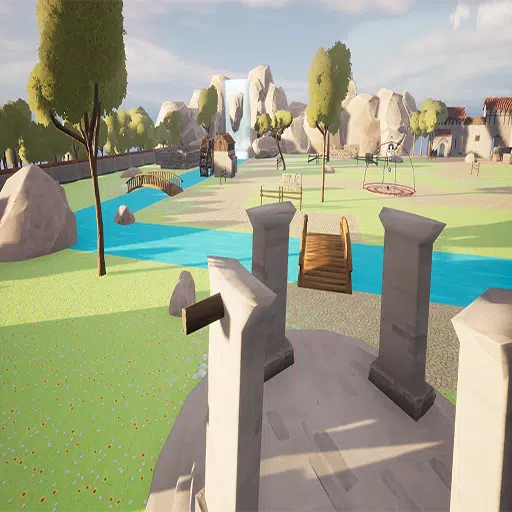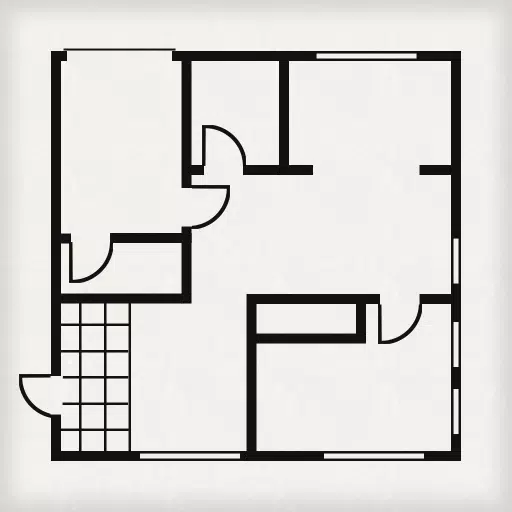Top Bethesda RPGs Ranked: A Comprehensive List
Rarely does a game developer become synonymous with a single genre, but Bethesda has done just that with its distinct RPG style. It's a wonder we don't simply refer to the entire category of first-person open-world Western RPGs as "Skyrimlikes" or "Oblivionvanias." Since The Elder Scrolls: Arena debuted in 1994, Bethesda Game Studios has grown into a powerhouse in the triple-A gaming space, building a fiercely loyal fanbase, generating massive sales, and securing a $7.5 billion acquisition by Microsoft—all thanks to its tried-and-true design philosophy.
Bethesda has delivered both monumental successes and significant missteps over the years, and with the shockingly (yet unsurprisingly) announced Oblivion Remaster reigniting debates over their tier-lists, we figured it was time for a fresh evaluation of their catalog. By the time The Elder Scrolls VI releases (a title that's still more hype than substance), this list should remain relevant.
Before we begin, let’s clarify: this ranking focuses exclusively on Bethesda’s hallmark RPGs. Fringe spin-offs like Battlespire and Redguard, as well as mobile games like Blades and Fallout Shelter, are excluded. While the latter has its charm, this list is reserved for the heavyweights—the sprawling, prestigious sandboxes that immediately come to mind when thinking of a capital-B, capital-G "Bethesda Game."Starting humbly, we have...
9: The Elder Scrolls: Arena
Arena doesn’t land at the bottom due to poor quality but rather because it was an ambitious first attempt. The Bethesda of 1994 had primarily focused on sports and Terminator games, so Arena was essentially a hybrid of both concepts. Initially envisioned as a medieval gladiator competition with side quests, developers pivoted toward the idea of exploratory RPG mechanics.
The result? A surprisingly innovative first-person RPG of its era, reminiscent of Ultima Underworld and Might and Magic. Arena boasts intricate systems, randomized loot, and labyrinthine sidequests, though its clunky movement and frustratingly arcane design make navigation a chore. Combat, too, leaves much to be desired, with dice rolls determining outcomes regardless of visual hits.
Despite its flaws, Arena’s success cemented Bethesda’s trajectory, proving that even with limited experience, bold ideas could pay off.
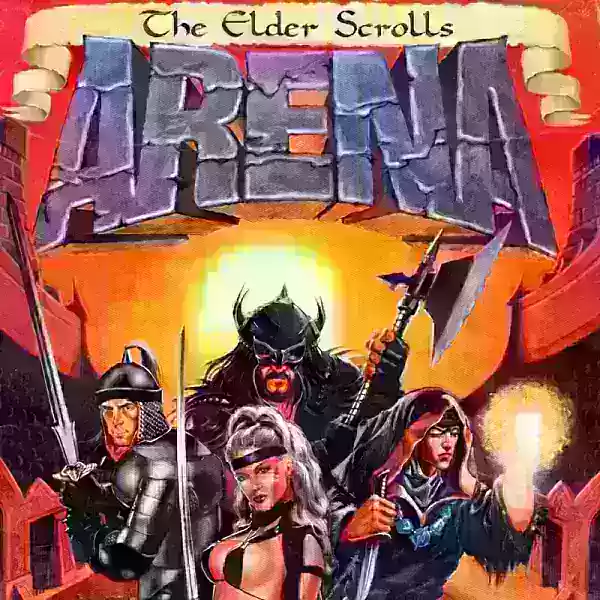 The Elder Scrolls: Arena
The Elder Scrolls: Arena
Bethesda
8: Starfield
Every new Bethesda game stirs speculation about whether it will finally ditch its aging Gamebryo engine or at least modernize its dated cell-based framework. Starfield didn’t. While Creation Engine 2.0 introduces flashy new animations, the core remains rooted in the past—loading screens persist every time you step into a store.
The sci-fi setting, inspired by NASApunk aesthetics, marks a refreshing break from Tamriel’s medieval roots, though its repetitive planetary design feels increasingly stale. Bethesda excels at crafting interconnected worlds teeming with discovery and detail, but Starfield’s 1,000 procedurally generated planets often recycle the same handful of locations.
Navigating a monotonous alien landscape grows tiresome, especially compared to the satisfaction of exploring a Skyrim dungeon. While you can always walk away from a tedious ruin, Starfield’s linear progression forces you to slog through countless iterations of mining operations and abandoned labs.
Placing Starfield so close to Arena might seem harsh, but it’s easier to forgive growing pains in a fledgling effort than in a $200 million triple-A production that underdelivers.
 Starfield
Starfield
Bethesda Game Studios
7: The Elder Scrolls: Daggerfall
Starfield’s procedural shortcomings are especially glaring when considering Bethesda’s extensive experience in this area. Their second RPG, released in 1997, remains one of the most impressive feats of algorithmic open-world design.
While Skyrim’s map spans about 15 square miles (smaller than many contemporaries), Daggerfall’s covers a staggering 80,000 square miles—roughly the size of Great Britain. Walking across it takes 69 hours, though horses and teleportation spells speed things up slightly.
Though vast and sparse, the world brims with detail: 9 climates, 44 political regions, and 15,000 points of interest, including 4,000 dungeons and 5,000 cities/towns. Procedural generation shines in theory but occasionally falters in practice.
Combat sees incremental improvements, but the real breakthrough lies above ground. Buying property, joining guilds, and indulging in moral ambiguity create immersive opportunities. Yet the opaqueness of systems and sheer scale can overwhelm.
 The Elder Scrolls: Chapter II -- Daggerfall
The Elder Scrolls: Chapter II -- Daggerfall
Bethesda
6: Fallout 76
Fallout 76’s presence on this list might surprise some, given its multiplayer-focused, loot-centric nature compared to traditional RPGs. At launch, the game was a mess: absent NPCs, shallow dialogue, and flawed mechanics made it a chore to enjoy. Updates like Wastelanders have since added voiced NPCs and overhauled the loot system, making it more palatable—but not without controversy.
Despite its rocky start, Fallout 76 has cultivated a dedicated community, bolstered by the success of the Fallout TV series. However, its reputation lags behind the superior Elder Scrolls Online, developed by Zenimax Online Studios. Fallout 76’s shift toward live-service monetization soured fans' trust in Bethesda’s stewardship of the franchise, but discontent had been simmering for years.
 Fallout 76
Fallout 76
Bethesda Game Studios





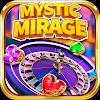






![Roblox Forsaken Characters Tier List [UPDATED] (2025)](https://images.dyk8.com/uploads/18/17380116246797f3e8a8a39.jpg)





